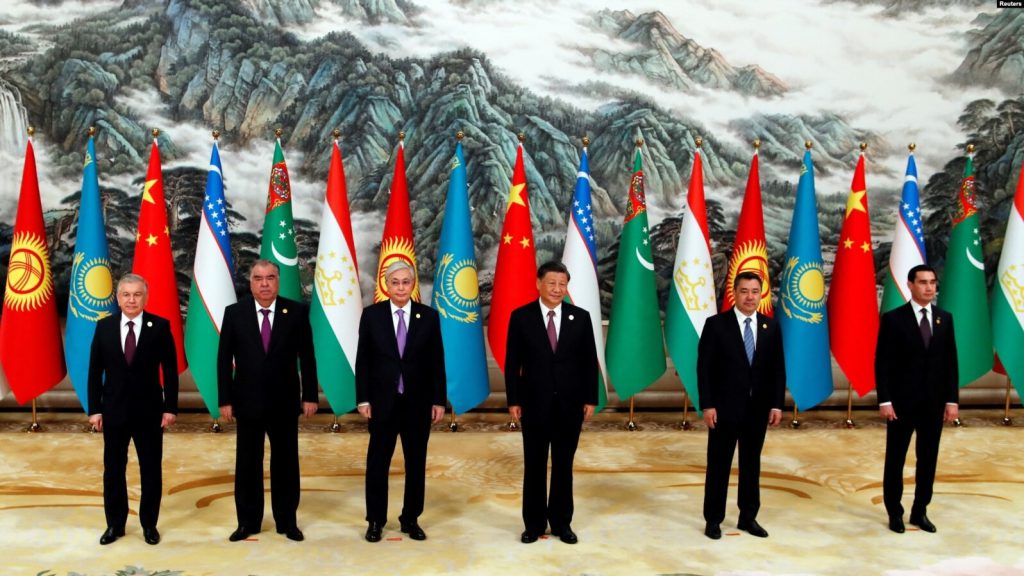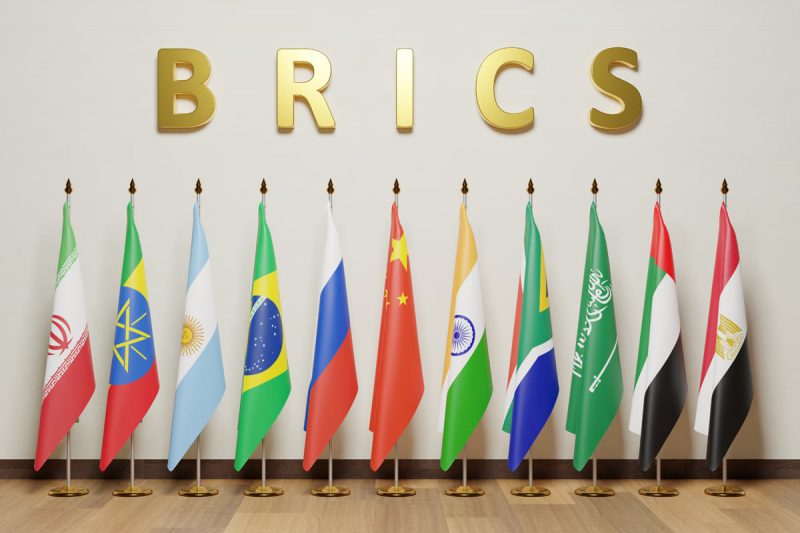The world has undergone a massive economic shift in the last several years. Indeed, it has seen the US dollar struggle at points, with a host of Central Banks opting to increase gold holdings in an effort for diversification. Moreover, among that shift, the BRICS economic alliance has seen its GDP now projected to skyrocket past $34 trillion in the next four years.
The latest projections have seen the alliance’s economic status extend exponentially by the year 2028. Additionally, many forecasts expect China’s overall GDP to surpass the United States by the start of the 2030s. Subsequently, its place at the head of the BRICS economic ranks should catapult the entire alliance forward.


Also Read: BRICS Calls For Middle East to Ditch US Dollar
BRICS Alliance GDP To Exceed $34 Trillion by 2028
Since 2020, the BRICS economic alliance has sought to greater increase its interconnectivity and collective development. That came directly as a response to Western sanctions placed on Russia. After the Ukranian invasion, these countries observed currency weaponization that required action.
Now, the BRICS bloc and the G7 have continued to separate, with the gap seemingly widening. Yet, the recent developments of both groups have led to what is a global transition. Subsequently, that is expected to culminate, with the BRICS GDP projected to surpass $34 trillion in just four years.


Also Read: US Loses Control, BRICS Becoming Mouthpiece of Non-Western Countries
Data from CEOWorld shows that the group is slated to skyrocket, led by China’s $23 trillion GDP. Thereafter, India is forecasted to have a GDP of $5 trillion, with BRazil next contributing $2.7 trillion. Altogether, it is expected to note a massive shift from the almost $3 trillion GDP the group held when it first was established in 2001.
The forecasted dynamics of this global shift are increasingly interesting. Both China and India are slated to overtake the United States in economic size at their current rate. For the former, that should start in the closing months of the 2020s.
Moreover, these changes should continue to greatly impact the overall economic developments of both groupings; the G7 and BRICS. For the latter, its currently developing native currency should increase overall adoption. Yet, the United States could see its dollar in trouble on a global scale.





